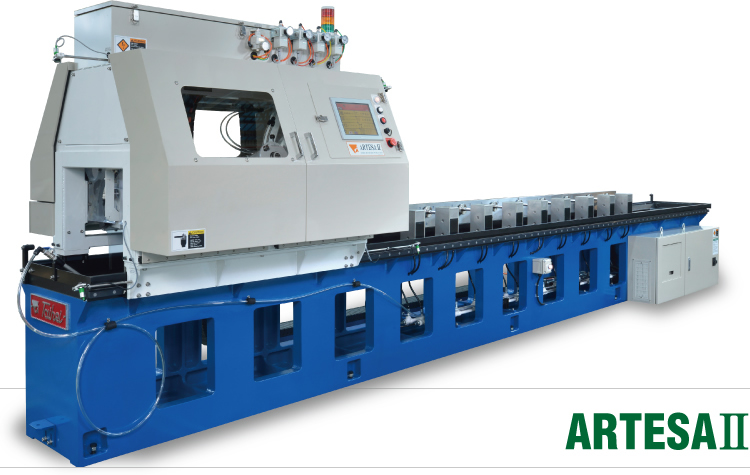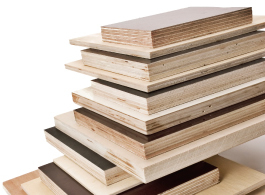
| Model V95-AC |
ARTESAII V95-AC Super Precision knife honing machine. |
||||||||
| The Taihei V95-AC is a precision knife honer that is used to grind small knife angles along knife edges that were sharpened by the Artesa I knife grinder. | |||||||||
|
|||||||||
|
|||||||||
| Improving knife sharpness This high precision honing machine can grind knives to an edge width of 0.03mm (0.0012 inches), a width impossible to achieve with any other machine. The honing machine can create multiple knife angles along the knife edge. This allows the machine to create custom knife angles matched to each log species. This allows lathes to peel higher quality veneers of greater consistency. |
|||||||||
| Improving the knife hardness By putting many small knife angles on the knife edge, the knife edge becomes oval in shape. Compared with the normal honing process, this process results in a knife with increased hardness. |
|||||||||
| Fully automatic operation Like the ARTESA I, the ARTESA II is capable of automating the entire honing process by inputting the grinding pattern into the machine. Up to 39 honing patterns can be stored in memory. |
|||||||||
 |
||||||||||||||||||||||||||||||||||||||
| Veneer quality | ||||||||||||||||||||||||||||||||||||||
|
||||||||||||||||||||||||||||||||||||||
| Cost savings | ||||||||||||||||||||||||||||||||||||||
|
||||||||||||||||||||||||||||||||||||||


